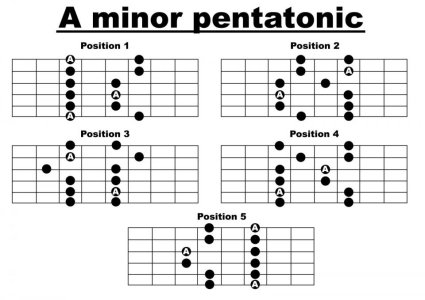Great discussion thus far...
I tend to think the other direction starting with the relative major and minor scales and thining out the notes as I move towards pentatonic.
By seeing the pentatonic overlaid with the major or relative minor, it becomes easier for me to see the raising of the seven in the minor scale. A lot of us do this without even thinking about it, however, there is an abundance of blues and jazz riffs that use the raised 7th for a stronger push into the minor tonic. most of the time I'll switch back to the regular minor when going down the scale however I also quite often raise the 6 and the 7 going up... Just as before, it makes the minor tonic considerably stronger, or you can switch into a Picardy third which is simply turning the minor tonic chord into a major chord.
It's also helps me with a related concept, I really enjoy great guitarist who switch between major and minor pentatonics, Clapton it's famous for it. If I'm working in a true blues song where 1 4 and 5 are domanants, I usually automatically shift to the parallel minor (cm in place of C major) especially if other instruments aren't playing chords (Cream is a perfect example).
The lowered 7th on the I and IV give me 2 more notes to mess with, and it's relatively easy to hear, but I tend to be more aggressive when I can see potential chord members superimposed on the full scale.
Hope this makes sense... It's easier to play than it is to describe

Sent from my SM-G960U1 using Tapatalk

